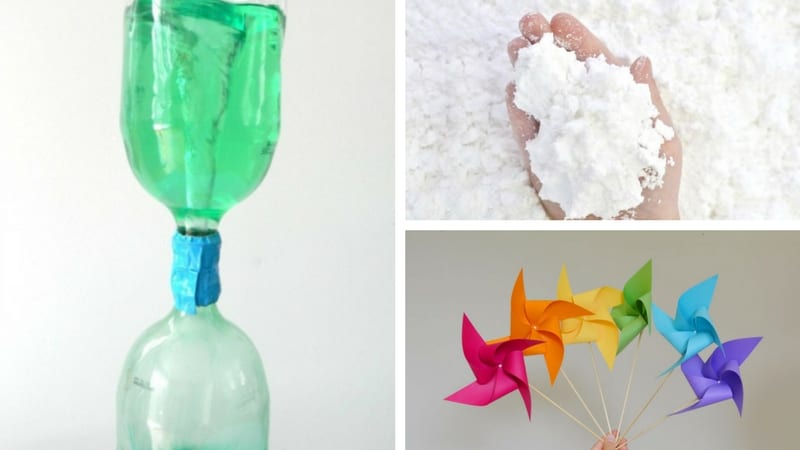
This page is a complete ESL lesson plan to teacher about weather to kids and beginner ESL students.Īll the materials for the games and activities in this lesson plan are provided below.įor more lesson materials to teach weather, that are not included in this lesson plan, see the bottom of the page. Once students have learned how to ask and answer ‘How’s the weather?’, talking about the weather can be a useful warm up in class and can become part of your daily routine. To help stem pollution, improve your carbon footprint.Most English language courses for kids / beginner students include a lesson on weather early on. Trapped between is a layer of stagnant, often polluted air known regionally as the brown cloud. Like during the winter, higher density cold air was trapped close to the earth with a warmer blanket of air sitting on top. During the first trial, the cold blue water stayed on the bottom and didn’t mix with the yellow. This is another case of convection as warm and cold air masses collide.

Re-do the experiment, this time with the cold bottle placed on top of the hot bottle. Slide-out the card separating the two liquids and watch as the colors stay put in their original jars. Using the playing card as a stopper, turn the hot water bottle upside down and place it atop the bottle with cold water. Now, prepare for potentially major spillage. Add yellow food coloring to the warm water and blue to the cold water. Fill both bottles to the brim with water, one hot and one cold. You will need two wine-bottle-shaped containers, food coloring, water and a single playing card. This experiment requires a little sleight of hand, and consequently, a bit more adult help. Your wind vane is now ready to head outside for wind-measuring fun. Mold the clay around the pencil to secure it in place, then glue the two plates’ rims together. Use the pencil to poke a hole through the plate’s center and into a mound of modeling clay placed on another paper plate below. Next, flip a paper plate over and mark its center and the four cardinal directions. Gently press a pin through from above through the straw’s horizontal center and into the pencil eraser, allowing enough room for the straw to spin.

Stick the shapes through the slits on each end of the straw. Next, on sturdy paper, draw and cut out the shapes necessary to make an arrow two triangular front-ends and two more two-pointed tails.

First, cut parallel slits on each end of your plastic straw. To build your own, gather two paper plates, a plastic straw, a pencil with a new eraser, a pin and modeling clay. Changes in air pressure produce winds all around the world that can be measured using wind vanes. Energy in motion, like wind, is called kinetic energy.


 0 kommentar(er)
0 kommentar(er)
